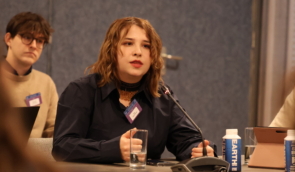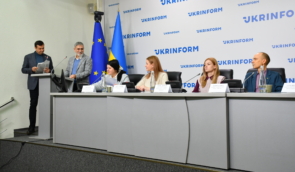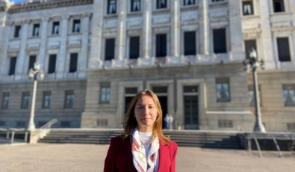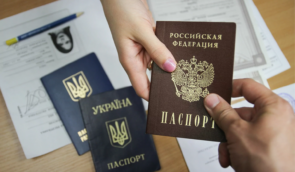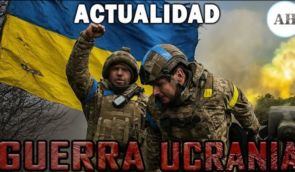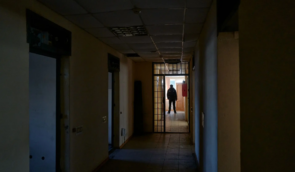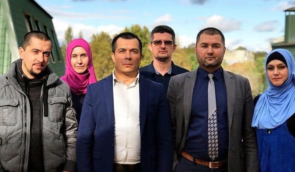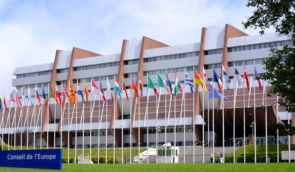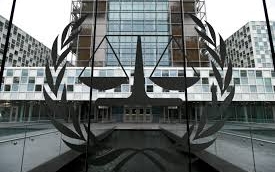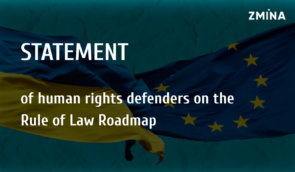A street photo exhibition “Crimea through the eyes of citizen journalists: 10 years in captivity” was shown in the center of Odesa
Today, on August 12, a street photo exhibition “Crimea through the eyes of citizen journalists: 10 years in captivity”. A press conference was also held, during which human rights activists, government officials, Crimean journalists and relatives of political prisoners spoke about the idea of the photo exhibition, the crimes of the Russian occupiers against the active part of the public in the occupied Crimea, the situation with freedom of speech on the peninsula and the challenges faced by political prisoners and their families today.
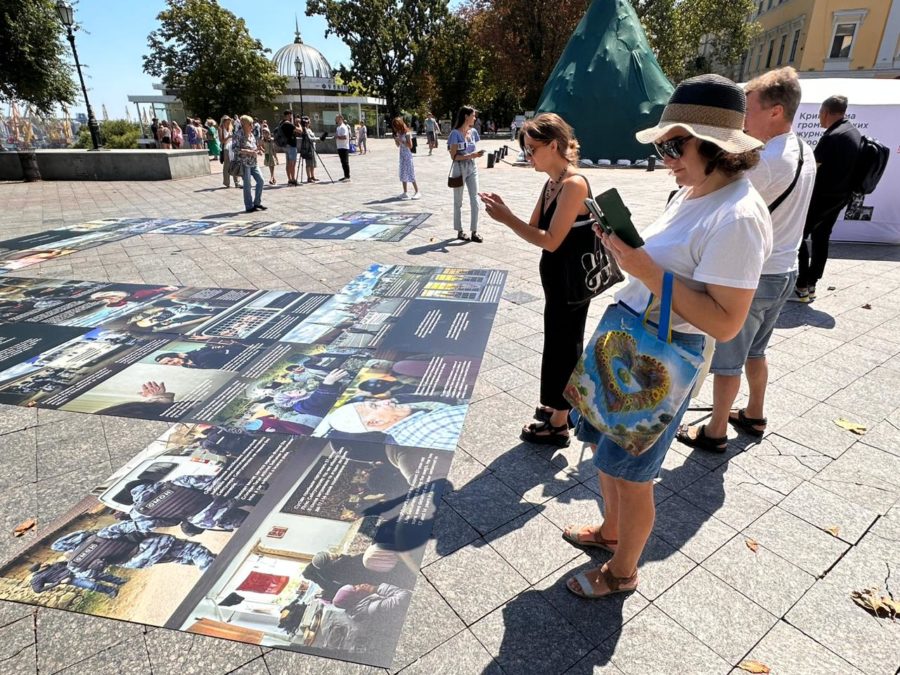
Crimea has now been under Russian occupation for 10 years, and during this time, the Russian occupation authorities have almost completely destroyed freedom of speech and independent journalism on the peninsula, which is why a large number of Crimean publications ceased their activities in 2014, and many journalists left the peninsula. These events contributed to the emergence of the phenomenon of citizen journalists in Crimea, who risk their lives every day to cover all the crimes of the Russian Federation that are taking place in the occupation.
“The photo exhibition “Crimea through the eyes of citizen journalists: 10 Years in Captivity“, which was opened today in the centre of Odesa, consists of 48 photos with captions depicting illegal arrests of Crimean Tatars, searches in their homes and trials in fabricated criminal cases. Odesa is the first city of our regional tour, and the exhibition will be presented in four more cities in Ukraine. In parallel, we are holding a campaign to support political prisoners called “Letters to a Free Crimea”. join at the exhibition venue. The exhibition itself and human rights events are timed to coincide with the 10th anniversary of the Russian occupation of Crimea to summarize and outline all the crimes committed by the Russian Federation in the occupied territory, including the destruction of freedom of speech, illegal persecution, imprisonment of journalists, the situation of political prisoners and their families”, said Victoria Nesterenko, project manager at the Human Rights Centre ZMINA.
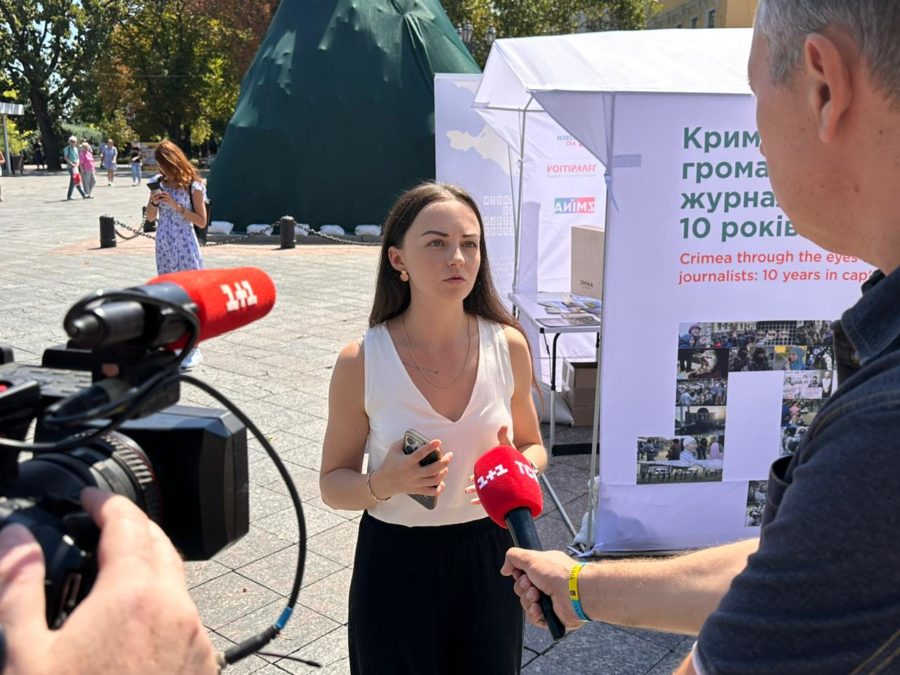 Victoria Nesterenko
Victoria NesterenkoCivilian journalists are often persecuted by Russian law enforcement agencies in the occupied Crimea. For the most part, civilian journalists are Crimean Tatar activists and relatives of political prisoners, most of whom are forced to work anonymously for their safety. During these 10 years of occupation, many journalists have been illegally imprisoned. Currently, this list includes 17 names, including Radio Liberty journalist Vladyslav Yesypenko, citizen journalists Amet Suleimanov, Iryna Danylovych, Server Mustafaiev, Osman Arifmemetov, Marlen Asanov and others. Since Russia cannot completely suppress freedom of speech at the level of legislation, the occupation authorities are constantly looking for excuses to detain journalists, conduct searches in their homes and accuse them of sabotage or terrorism.
“It was simply dangerous to work inside the peninsula as an independent reporter. I and other colleagues who worked in Crimea during these years could not physically manage to cover all the information. Searches in Crimea took place every week. In my practice, I could attend three or four court hearings on Crimean political prisoners. And then they appeared – people with phones Crimean Tatars began to resist once again in the peaceful way that was available to them under occupation. They began to act as journalists, covering every trial and every detention. In addition to the list of political prisoners, there is a separate list of imprisoned Crimean journalists. Most of them are civilian journalists of the Crimean Solidarity initiative. Among them is my colleague Vladyslav Yesypenko, a journalist of the Ukrainian bureau of Radio Liberty, who was tortured by the FSB for two days in the basement, forcing him to sign a confession against himself. In total, this list includes 17 of my colleagues as of now,” Crimean journalist Olexandra Yefymenko explained about her experience in Crimea.
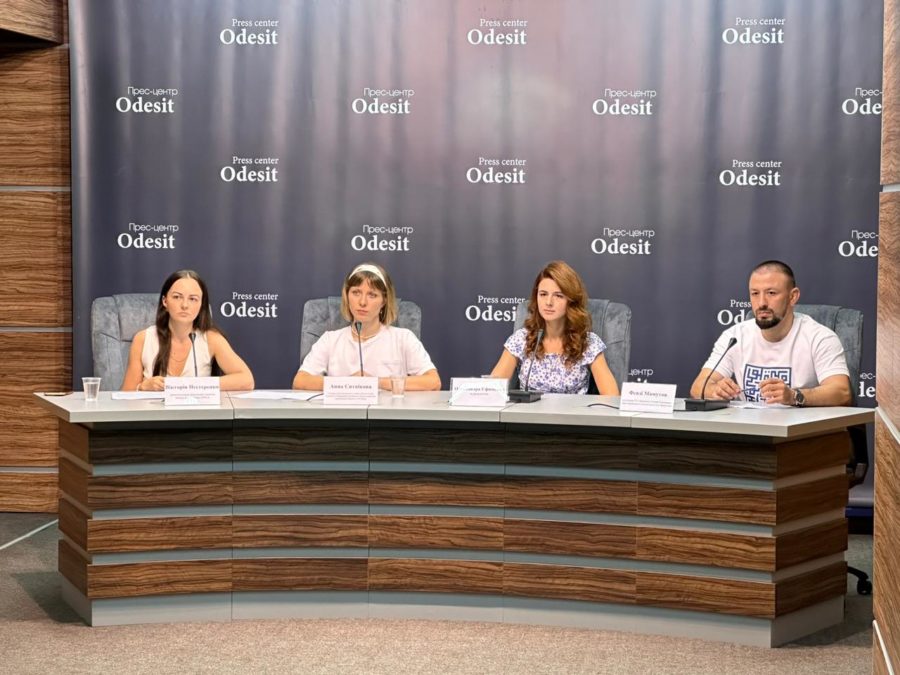
During the 10 years of occupation of the peninsula, at least 21 journalists have been subjected to illegal persecution. During 2022-2023, the Human Rights Centre ZMINA recorded 162 cases of attacks against professional media and citizen journalists. The most common methods of attacks on journalists under occupation are threats, searches, detentions, and administrative and criminal proceedings, which create quite high risks for their activities.
“A very wide range of Crimeans are committing these acts of resistance. These are not the people who were engaged in human rights protection or citizen journalism in previous years. In March 2022, the Russians introduced punishment for the so-called discrediting of the Russian armed forces into the administrative code. According to the Presidential Mission in Crimea, there are currently 913 cases of administrative violations against residents of occupied Crimea. These are very different manifestations of resistance, ranging from war leaflets to Ukrainian songs at weddings, for which they are then fined. Another important point is the emergence of at least four resistance movements in the occupied territories: “Yellow Ribbon, Evil Nymph, Crimean Fighting Seagulls, and Atesh“, said Anna Sytnikova, Chief Consultant of the Crimean Platform Support Service of the Mission of the President of Ukraine in the Autonomous Republic of Crimea.
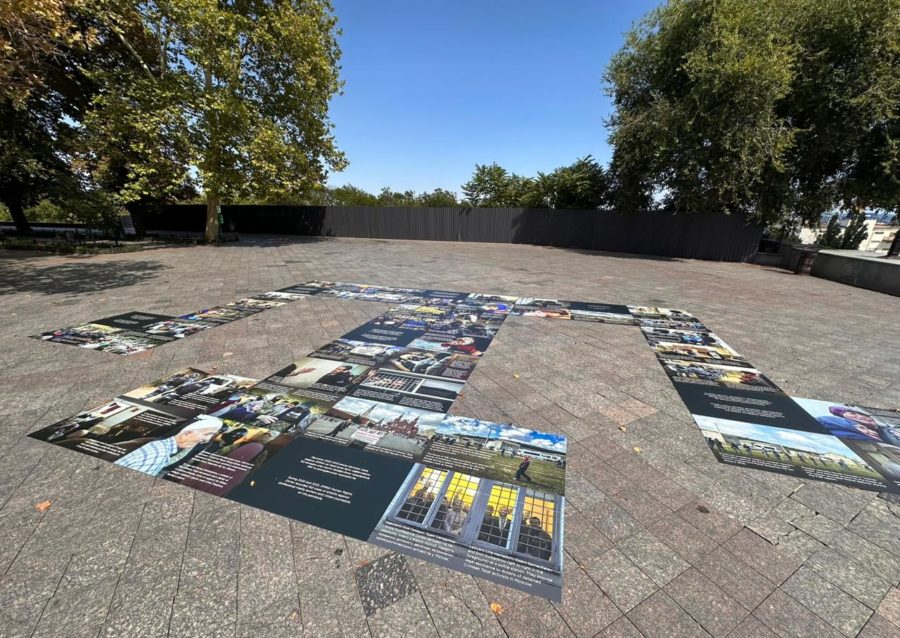
According to the President’s Office, there are currently 218 people illegally imprisoned in occupied Crimea, 133 of whom are Crimean Tatars, and most of them have been transferred to colonies and prisons in Russia. The lion’s share of illegal criminal prosecutions concerns representatives of the Crimean Tatar people. This is because Crimean Tatars have always supported the Ukrainian state and are very vocal about it.
Russian security forces quite often conduct mass house searches and arrest Crimean Tatars without reason. On March 5 of this year, the occupiers abducted, accused of terrorism and imprisoned the Crimean Tatar Ali Mamutov, as reported by his brother, deputy of the Odesa Regional State Administration, head of the NGO “Crimean Tatars of Odesa” Fevzi Mamutov. It is the most common practice of the occupation authorities to detain Crimean Tatars and then try them in court allegedly for terrorism or extremism, although in reality, these people did not commit any crimes. The majority of political prisoners face terrible conditions of detention in places of detention, they can be tortured, they are placed in penal isolation centres, they are denied medical care, they are forbidden to communicate with their families, and they are deported from Crimea to colonies on the territory of the Russian Federation. Such actions of the occupying power of the Russian Federation are criminal against the citizens of Ukraine in the context of the protection of human rights and compliance with the norms of international humanitarian law.
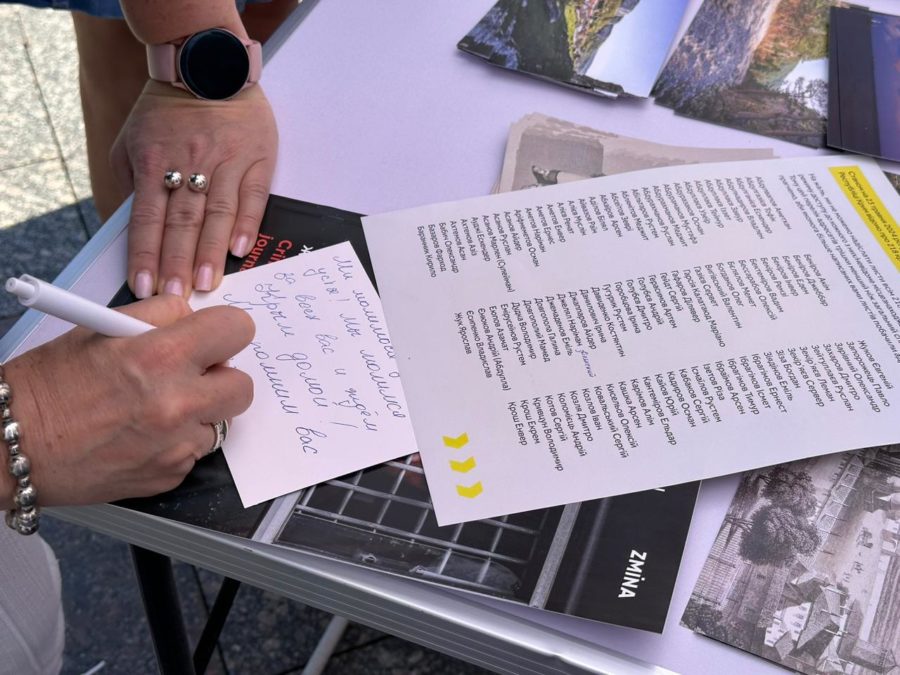
Odesa is the first city out of five regional centres to host the photo exhibition. The photo exhibition is organized by the Human Rights Centre ZMINA. The event is supported by the Ministry of Foreign Affairs of the Czech Republic.
The purpose of the press tour is to draw public attention to the human rights situation in the occupied Crimea, and the situation of political prisoners held by the Russian authorities, including Crimean Tatars. One of the main ideas of the press tour is to support the political prisoners themselves and their families, in particular through the Letters to a Free Crimea campaign.
If you have found a spelling error, please, notify us by selecting that text and pressing Ctrl+Enter.


